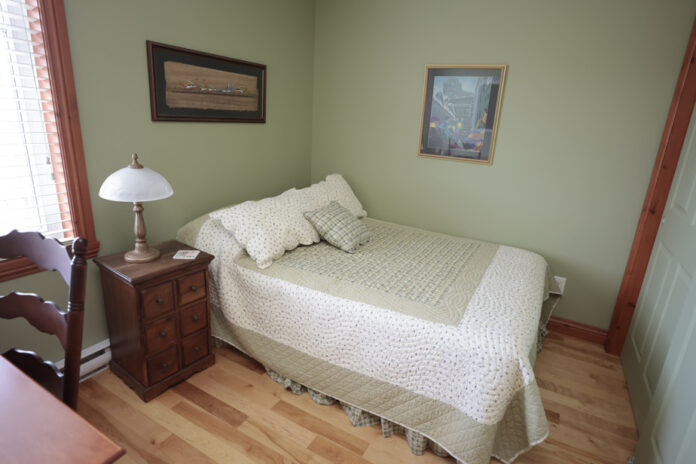(Montreal) Rooming houses are once again becoming increasingly popular in some Canadian cities that want to solve the lack of affordable housing, but experts denounce the pitfalls.
For example: the vice-president of the executive committee of the City of Montreal, Benoît Dorais, announced on Tuesday that the municipality had exercised its right of expiry for one hundred rooming houses held by the private sector. The measure allows him to obtain purchase priority if one of these buildings is put up for sale.
He indicated that Montreal has already purchased four of these homes and hopes to buy more. “It’s the main solution to fight homelessness,” he said. Usually it’s the last thing you can afford. This is the last step before ending up on the street. »
Mr. Dorais was present at the inauguration of a new rooming house that will accommodate 20 vulnerable women at risk of ending up on the streets. The establishment, which will be managed by Chez Doris, includes well-decorated single rooms, private bathrooms and common rooms such as kitchens and living rooms.
The old inn was bought for 2.5 million. The cost of the renovations amounted to 5 million. They were funded by different levels of government and private donors.
Montreal is not the only place in Canada that is seduced by this type of housing.
The City of Vancouver reported that the number of one-bedroom units fell by 23% from 2019 to 2023. This was offset by the number of government purchases of boarding houses and hotels and the arrival of subsidized housing. .
“Replacing [one-bedroom units] with self-contained units is the City of Vancouver’s top priority,” an email read. Nevertheless, due to the current homelessness crisis and unmet demand for affordable housing, we will continue to rely on 1 bedroom units as a last resort. »
Toronto City Council passed an agenda in late 2022 that includes legalizing rooming houses by 2024. A new bylaw will come into effect at the same time to establish standards, rules and regulatory controls, noted the City by email.
Jill Grant, professor emeritus of planning at Dalhousie University in Halifax, believes the increased importance of rooming houses is a good thing. “It is finally being recognized that a single person with very low income does not have many options for housing,” she points out.
She recalls that rooming houses were popular in the early 20th century, but their numbers declined after World War II as governments favored home ownership.
Many of these homes fell under the peak of demolishers in the 1980s and 1990s as owners feared they would have to meet tougher regulations. In recent years, rising home values have prompted homeowners to convert their units to more lucrative forms of housing, Grant adds.
Jino Distasio, a professor of urban geography at the University of Winnipeg, says rooming houses have always been “a problem” for governments trying to balance the need for affordable housing with the poor living conditions in which these tenants live.
He mentions that rooming houses are often located in old buildings. Tenants are not always protected by a lease. Many exist illicitly, that is, they are immune from inspection. They can be overcrowded, which can cause great violence.
“Often you can see rooming houses exist without meeting basic building code standards. And, we know, this can cause fires and other problems,” says Professor Distasio,





